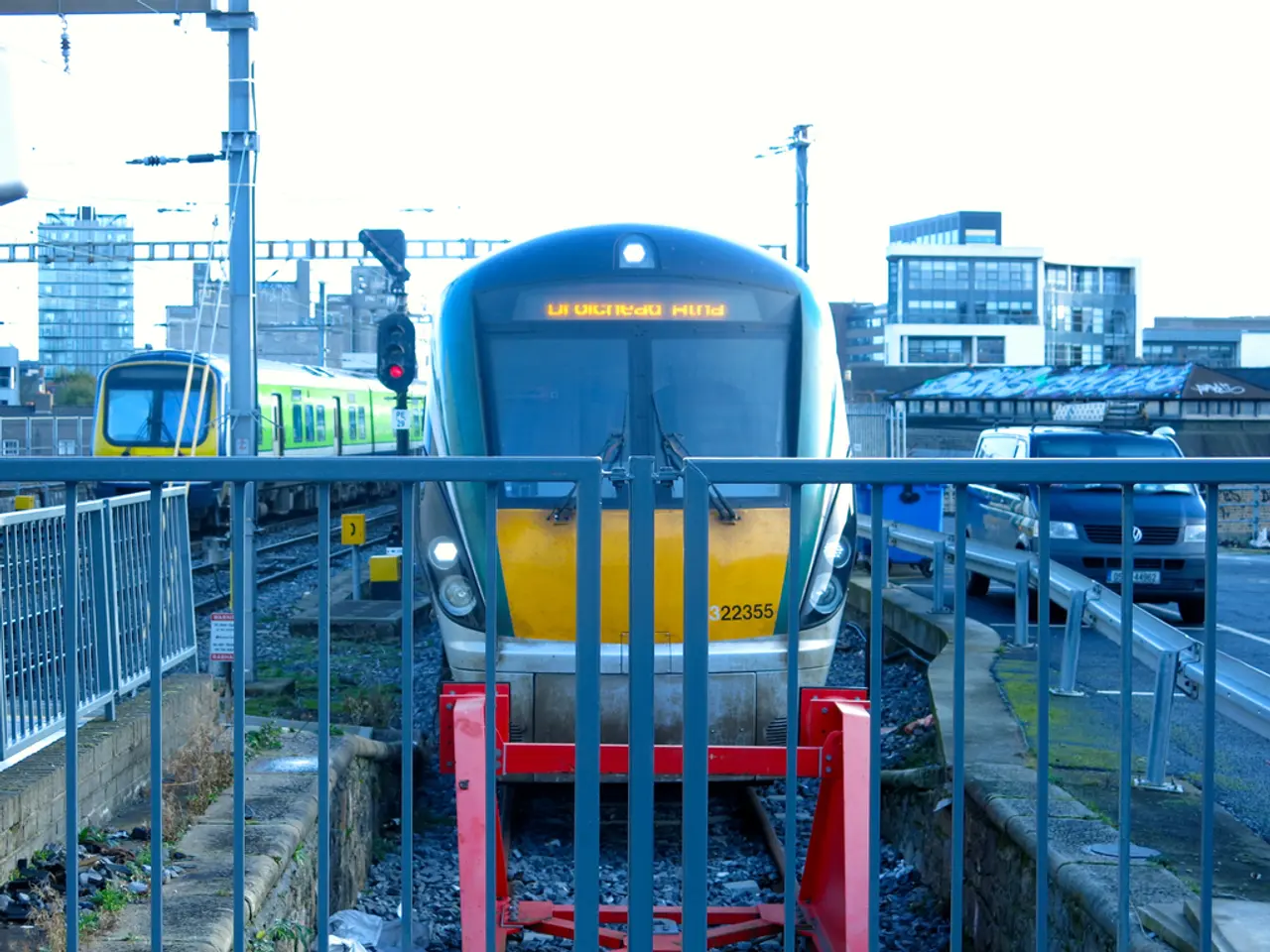Plans unveiled for a direct rail connection between London and Berlin
A Direct Rail Connection Between London and Berlin is set to become a reality following a UK-Germany agreement signed in 2025. The ambitious project aims to provide a faster, more sustainable alternative to air travel, linking London St Pancras directly to Berlin Hauptbahnhof.
The journey, which has been a desire for many years, is currently in active planning stages with the goal of launching regular services within the next decade. A Joint Declaration of Intent was signed in 2025 by British and German transport ministers, expressing mutual intent to establish the direct train service and cooperate on technical, border, and security protocols.
Work on route planning, security, scheduling, and infrastructure integration has just begun, with further expert consultations expected over the coming months. Virgin Trains plans to deploy new Alstom Avelia Stream train sets designed for high-speed international service, representing a key technical advancement towards operational viability.
The project builds on the July 2025 "Kensington Treaty" between the UK and Germany, a framework aiming to extend direct rail travel between multiple cities, including Berlin and London, by early 2030s.
The benefits of this direct rail connection are numerous. The train offers a low-emission alternative to the high-carbon flight route, potentially significantly reducing passenger travel emissions between these two major cities. It would provide a more relaxed and direct route than flying, appealing to environmentally conscious and frequent travelers alike. Enhanced connectivity is expected to boost commerce, tourism, and social exchanges, reinforcing the economic and cultural ties between the UK and Germany.
However, the project faces significant logistical, regulatory, and financial challenges. Integrating international trains through the Channel Tunnel for non-Eurostar rolling stock requires major technical and regulatory adjustments. Managing UK-EU border controls and security on a direct London-Berlin train is complex. Unlike existing EU internal routes, immigration and security checks may require new procedures, such as on-board controls or stations as border points.
Experts question the financial sustainability of the route given security costs and limited opportunities to carry passengers between intermediate stops, unlike other existing services. Some related rail segments in Germany, such as Hamburg-Berlin, are under renovation until late 2025, potentially impacting early operational plans.
Despite these challenges, the direct London-Berlin rail link is a promising and strategic initiative with strong environmental and economic incentives. The next several years will be critical in defining routing, rolling stock deployment, and bilateral border arrangements that must be resolved before services can begin, potentially by the early 2030s.
The Community policy regarding the new direct rail connection between London and Berlin might have to address the need for technical, border, and security protocols to ensure a smooth operation.
The employment policy in the industry, finance, and transportation sectors could be impacted by the establishment of the direct rail link, as additional staffing is likely needed for its successful operation and maintenance.




